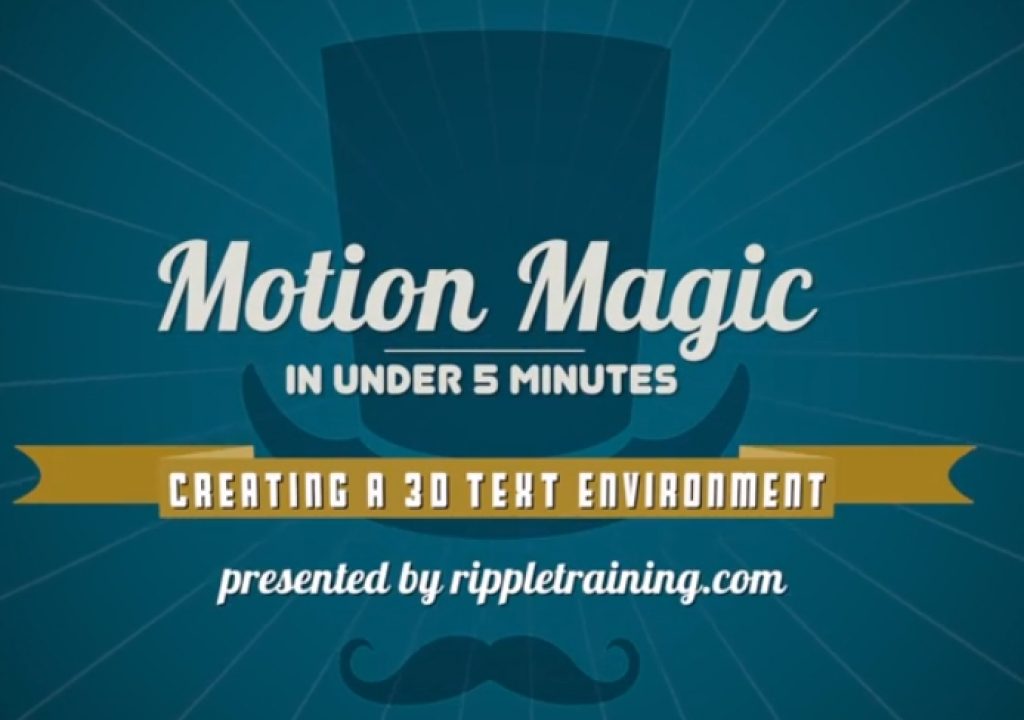On this week’s Motion Magic, I show you how to combine the new 3D text capabilities of both Final Cut Pro X and Motion with the existing 3D capabilities of Motion to create a 3D environment for 3D text.
3D Text in Final Cut Pro X is incredilby flexible with a virtually unlimited number of combinations of textures, lighting, and animation options. But Motion takes 3D text even further with the ability to integrate that text into 3D environments.
It can be a little be tricky, though, because although 3D text layers interact with each other as you would expect, they don’t interact with other layers in Motion. In other words, they get rasterized into layer order, so they can’t intersect with other layers.
That being said, you can still put 3D text into an infinite 3D environment, complete with reflections, shadows, and adjustable lights. The trick is to set up your layer order correctly, and be careful about your camera movements so you don’t go behind the floor plane.
It’s quick and easy to do, as the above “Motion Under 5” demonstrates. One of my favorite features in this update is the ability to replace the built-in text lighting setups with Motion’s 3D lights that you can then adjust and animate; change the light type (perhaps to a point light or a spot light); change the light color, position, and intensity; and animate lights to create moving text shadows.
Motion was already a great stand-alone motion graphics application (and a must-have companion app for Final Cut Pro X editors); with the addition of high-quality and highly customizable 3D text, it’s the best $50 bargain I can imagine for titling, keying, compositing, and more. If you want to take advantage of the 3D text features, you’ll want a newer Mac with a dedicated graphics card.

Filmtools
Filmmakers go-to destination for pre-production, production & post production equipment!
Shop Now













